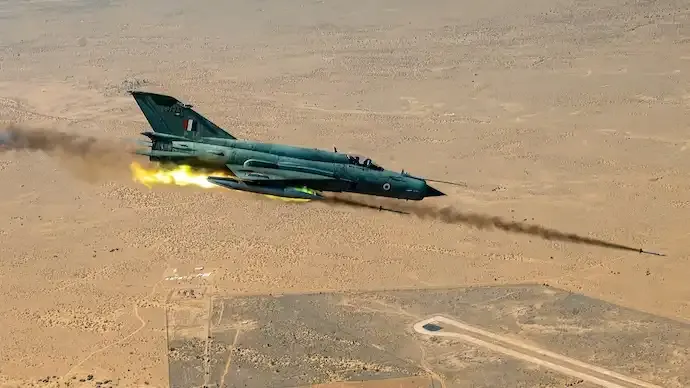Shopping cart
Your cart empty!
Terms of use dolor sit amet consectetur, adipisicing elit. Recusandae provident ullam aperiam quo ad non corrupti sit vel quam repellat ipsa quod sed, repellendus adipisci, ducimus ea modi odio assumenda.
Lorem ipsum dolor sit amet consectetur adipisicing elit. Sequi, cum esse possimus officiis amet ea voluptatibus libero! Dolorum assumenda esse, deserunt ipsum ad iusto! Praesentium error nobis tenetur at, quis nostrum facere excepturi architecto totam.
Lorem ipsum dolor sit amet consectetur adipisicing elit. Inventore, soluta alias eaque modi ipsum sint iusto fugiat vero velit rerum.
Sequi, cum esse possimus officiis amet ea voluptatibus libero! Dolorum assumenda esse, deserunt ipsum ad iusto! Praesentium error nobis tenetur at, quis nostrum facere excepturi architecto totam.
Lorem ipsum dolor sit amet consectetur adipisicing elit. Inventore, soluta alias eaque modi ipsum sint iusto fugiat vero velit rerum.
Dolor sit amet consectetur adipisicing elit. Sequi, cum esse possimus officiis amet ea voluptatibus libero! Dolorum assumenda esse, deserunt ipsum ad iusto! Praesentium error nobis tenetur at, quis nostrum facere excepturi architecto totam.
Lorem ipsum dolor sit amet consectetur adipisicing elit. Inventore, soluta alias eaque modi ipsum sint iusto fugiat vero velit rerum.
Sit amet consectetur adipisicing elit. Sequi, cum esse possimus officiis amet ea voluptatibus libero! Dolorum assumenda esse, deserunt ipsum ad iusto! Praesentium error nobis tenetur at, quis nostrum facere excepturi architecto totam.
Lorem ipsum dolor sit amet consectetur adipisicing elit. Inventore, soluta alias eaque modi ipsum sint iusto fugiat vero velit rerum.
Do you agree to our terms? Sign up

For over six decades, the MiG-21 defended India’s skies, trained generations of pilots, and even downed a Pakistani F-16 in 2019. Despite being labeled a “flying coffin,” the jet earned respect among the Indian Air Force (IAF), proving its deadly capabilities and unmatched reliability when used correctly.
Inducted in 1963, the MiG-21 was a Soviet-designed high-altitude interceptor, intended to shoot down bombers quickly and return. Over the years, it became the backbone of the IAF, seeing action in major conflicts:
1965 Indo-Pak War: Provided crucial air defence through combat patrols.
1971 War: Downed PAF F-104s and bombed Tezgaon airfield in Dhaka.
1999 Kargil War (Operation Safed Sagar): Flew alongside Mirage 2000s and MiG-29s, delivering ground strikes in harsh Himalayan terrain.
2019: Group Captain Abhinandan Varathman shot down a Pakistani F-16 in a MiG-21 Bison.
Air Marshal Harish Masand (Retd), a Vir Chakra awardee, clarified:
“The MiG-21 was unfairly maligned. The term ‘flying coffin’ was originally used for the F-104 Starfighter, which had a far higher accident rate. MiG-21 crashes were influenced by operational realities, not inherent flaws.”
Key factors behind accidents included:
Lack of advanced trainer aircraft for rookie pilots.
Dense, bird-populated flight zones over India.
Financial constraints delaying timely upgrades.
In the late 1970s, India faced a shortage of dedicated trainer aircraft. The MiG-21 Type 77 was repurposed as a stepping stone for new pilots, despite its:
High take-off and landing speeds
Tricky maneuverability
Low cockpit visibility
Limited endurance
This mismatch contributed to the high crash rate, especially before the induction of Hawk AJTs in 2008.
Post-Soviet Union breakup, sourcing spares became complex. While some lower-quality components entered the market, pilots insist these did not significantly raise crash rates. Accident statistics show:
Over 480 crashes across six decades.
Only ~20 crashes after 2010, less than 5% of the total.
Air Marshal Masand emphasized that the MiG-21’s longevity and performance outweighed these issues.
Air Marshal Subramaniam (Retd) called the MiG-21 “a bird of all seasons,” noting it was the longest-serving fighter in a modern air force. Pilots praised its handling:
Type 74: Smoothest to fly
Bison variant: Capable of supersonic speeds at low altitude, able to out-accelerate Mirage 2000s and F-16s
Despite controversies, the MiG-21:
Helped India win wars in 1965, 1971, and 1999
Served over 62 years
Claimed lives of 170 pilots and 40 civilians, yet remained indispensable
From a Soviet interceptor to India’s customized “bird of war,” the MiG-21 trained pilots, challenged modern aircraft, and proved its worth across decades. Its story reflects both the prowess of Indian pilots and the administrative decisions that shaped its controversial legacy.
9
Published: Sep 26, 2025